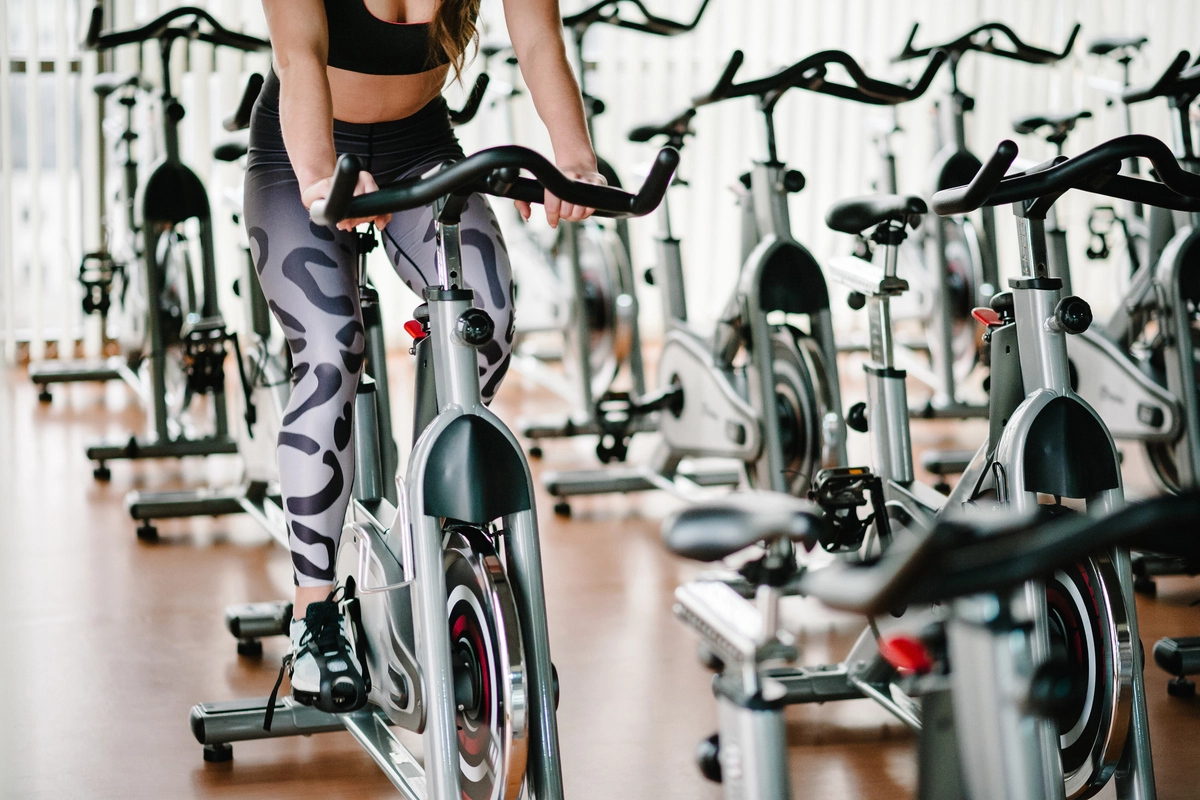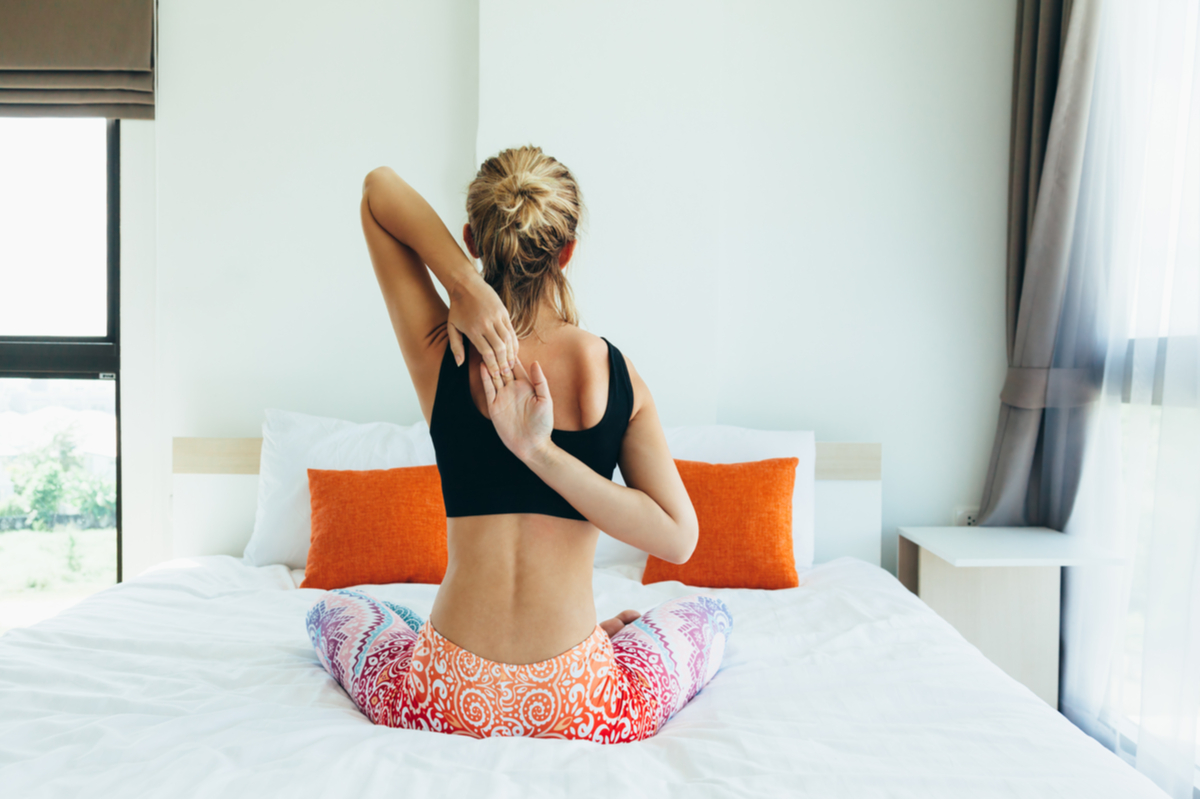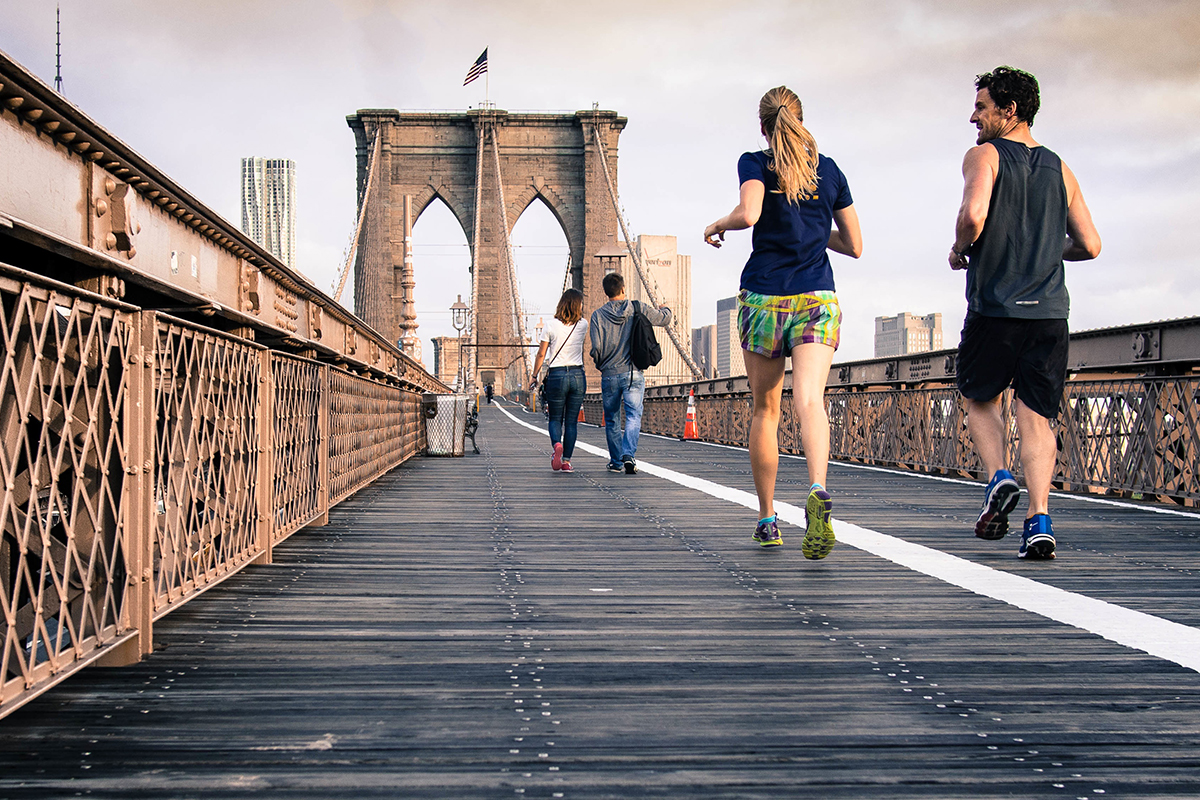While the notion of barre class may conjure up images of lithe ballerinas in tulle skirts, when it comes to cross-training for runners, know that the barre is not just for ballet. In fact, the barre training at Physique 57 offers runners a number of potential benefits that can boost your performance and help with recovery.
As any devoted runner knows, tailoring your training to dial-up speed, increase stamina and build strength is key to making progress while preventing injuries. Minimizing wear and tear on the body means you get to run longer, faster and stronger — and enjoy that runner’s high as payoff for all your hard work.
Since running is a high-impact activity, it can take a toll on your muscles, joints and ligaments as the years pass. Cross-training with barre workouts can offer low-impact strength training that’s also deeply restorative for a well-balanced body.
Five reasons runners should take barre class
Barre training is based on movement and techniques that stem from yoga, Pilates and of course, ballet. Barre classes build powerful yet lean muscle strength, and can increase your overall flexibility, allowing you to unlock new potential as a runner or in other workouts.
If you’ve ever considered taking a class, here are the top five reasons why barre class is a powerful cross-training tool for runners, and a few moves to help get you started: barre increases flexibility, improves endurance, helps prevent injuries and improves balance.
Barre classes increase flexibility.
Barre workouts are all about increasing your range of motion through dynamic movements, small isometric movements and short breaks of stretching after each strength training set. All that stretching means more flexibility over time and decrease of muscle soreness. Regularly giving your muscles a good stretch — especially your hips and hamstrings — can help with your post-run recovery. Remember that, as a runner, it’s important to stretch your lower body out on rest days. Taking barre class on days when you don’t run is a great, low-impact way to stay limber, and may help prevent injuries. Stretching can also help relieve muscle stiffness so you’re able to give it your all during your next workout.
Workout Tip: Add hamstring stretches to your routine.
Do this simple stretch after a light warm-up or barre workout to keep your hamstrings loose and flexible.
- Lie on your back and bend your left leg, placing the left foot flat on the floor.
- Extend your right leg up towards the ceiling.
- Place your hands around your calf or ankle, and gently draw the right leg towards your torso.
- Flex the right foot to press out through your heel — you want to extend the back of your leg as much as you can for maximum benefit.
- Repeat on the other side.
You’ll boost endurance.
Barre workouts combine cardio, targeted muscle strengthening and stretching. This approach builds strength and endurance, which can help runners improve speed and distance. Each workout trains muscles in a variety of ways — time under tension, range of motion and varying tempos during reps, all of which can help improve endurance and stamina.
Barre can prevent injuries.
Given the high-impact nature of running, injury prevention is a pivotal concern for anyone who hits the pavement regularly. Runners often end up managing shin splints, tendonitis and IT band syndrome, among other injuries, due to repetitive stress on the body’s ligaments and joints. Barre workouts target and strengthen both small and large muscle groups, which can help correct muscular imbalances that can happen from repetitive movements such as running. As a result, stronger muscles no longer have to overcompensate for weaker ones while you run. Building strength in this way can help improve alignment and posture, and may reduce your chance of injury.
Workout Tip: Add the skier to your routine.
Skier deeply targets your thigh muscles by altering the angle of your spine. With feet parallel and legs together, you engage your core, quadriceps and hamstrings in a powerfully effective way. This move is a great alternative to squats when you want to vary your workouts.
- Stand facing a waist-high, sturdy piece of furniture, about a forearm’s distance away. Your hands should be placed just slightly wider than your shoulders. Keep your feet, knees and thighs pressed firmly together.
- To achieve your starting position, hold onto your piece of furniture, bend your knees, and incline your chest forward so that your spine is at a 45-degree angle. From here, lower your seat toward knee level. Keep your arms bent while lowering your seat, as your feet remain flat on the floor. Your knees should be positioned above your ankles, as your neck and spine are held straight.
- Start with as many reps as you can, and work your way up!
Barre training improves balance.
Barre workouts build symmetrical muscle stability that improves balance. Having good balance means that your body is able to quickly adjust and stay upright when you make swift variations in movement. And such agility is crucial for all types of workouts that require you to quickly shift your body weight such as running, boot camp or spin classes.
You’ll get a powerful, low-impact full body workout.
Barre gives you a full body workout while keeping things easy on your joints. Cross-training with barre classes can help strengthen muscles, increase bone density, keep you flexible, and may aid in weight loss. Barre workouts are weight-bearing exercises that target and overload every muscle group, which in turn can help you gain speed and endurance on your runs or other class workouts.
Workout Tip: Strengthen your core with the flat back move.
This exercise is a powerful way to flatten your abs, increase flexibility in your spine and strengthen your core muscles. Flat back deeply stretches your back muscles and can help relieve back pain. Don’t be tempted to go too low as you lower your legs with this move. You want to feel your front-body muscles contracting towards your spine, while not pulling your spine off the floor.
- Lie on a yoga mat or carpeted surface with your legs bent, your feet flat on the floor and your arms resting at your sides. Engage your core muscles, and keep your spine neutral.
- Bring your knees over your hips. Keep your feet in line with your knees, parallel to the floor, with toes pointed. Your arms should hover a few inches off the floor, placed just outside your legs.
- Keeping your legs bent, lower your legs to your point of control.
- Open your legs, and then bring them back together to that point of control. Focus your mind on your abdominal wall as you repeat the exercise.
No matter what your experience level is, barre class can help you meet your running goals, prevent injuries and get amazing overall fitness results. If you’ve never tried barre before, you have many class options. Whether you’re a fitness newbie or a seasoned pro, barre training can help you reach your potential in powerful new ways.





